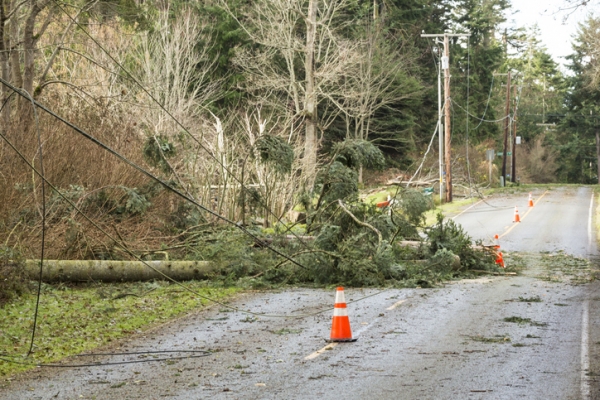Do Amps or Volts Kill You?

Man being struck by lightning (bestdesigns, iStockphoto)

Man being struck by lightning (bestdesigns, iStockphoto)
5.06
How does this align with my curriculum?
Curriculum Alignment
AB
9
Knowledge and Employability Science 8, 9 (revised 2009)
Unit D: Electrical Principles and Technologies
BC
11
Physics 11 (June 2018)
Big Idea: Energy is found in different forms, is conserved, and has the ability to do work.
NU
9
Knowledge and Employability Science 9 (Alberta, Revised 2009)
Unit D: Electrical Principles and Technologies
YT
9
Science Grade 9 (British Columbia, June 2016)
Big Idea: Electric current is the flow of electric charge.
NT
9
Knowledge and Employability Science 9 (Alberta, Revised 2009)
Unit D: Electrical Principles and Technologies
